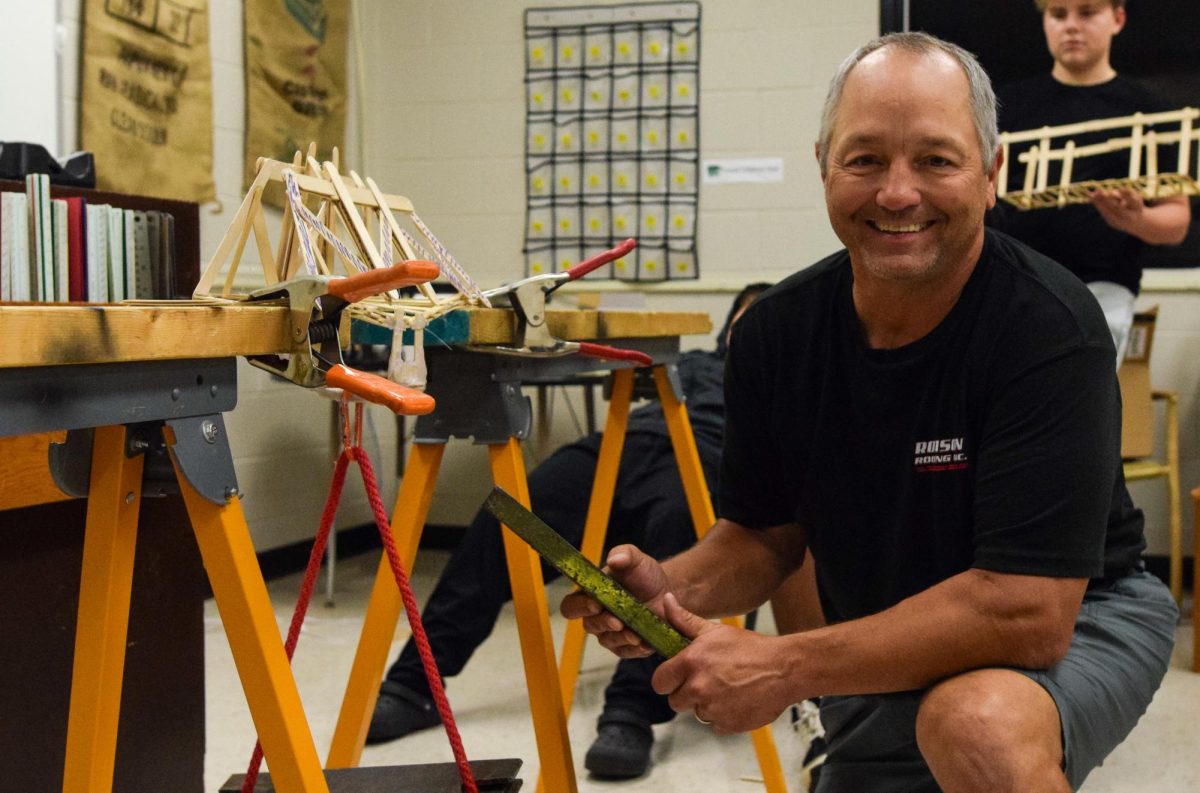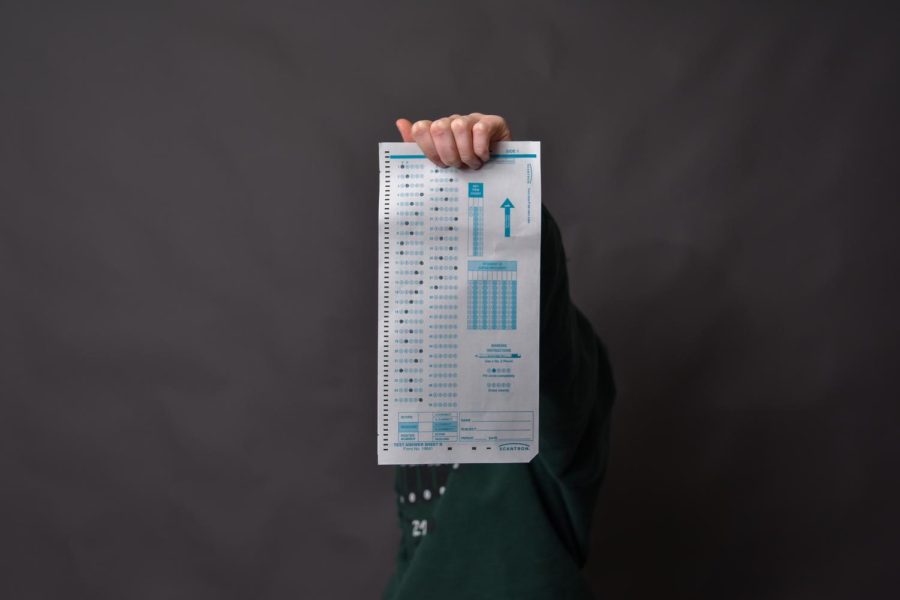Are Standardized Tests a Success?
Scantron bubble sheets are a common sight at Kennedy.
April 2, 2022
Standardized tests are ingrained in Iowa school systems. From the Iowa Statewide Assessments of Student Progress (ISASP) which are taken throughout a student’s school career to the ACT most colleges require for admission, these tests scores are used to measure the achievements of schools, students and staff across the nation.
CRCSD administers two district-wide standardized tests: ISASP and the Measurement of Academic Progress (MAP). ISASP scores are used to see where students stand academically from year to year, while MAP testing tracks growth throughout the school year. These tests provide teachers and administration with information on how they can best help students.
“It gives us a talking point with students to try to encourage them to challenge themselves some more. To identify kids who maybe didn’t perform as well, help students who may be challenged in one aspect of learning but not others …” Jason Kline, Kennedy principal, said. “There is a lot of data that those tests provide that can help us help students perform better.”
Students take MAP tests three times a year. They are created to include the curriculum of the language arts, math and science classes the students are currently enrolled in. The similar content of the tests to what is being taught in class, allows teachers to track their students progress and decide what content and skills need to be focused on.
“The idea with the MAP [test] is that because it is so tightly linked to the standards you are teaching in class, it should hopefully be able to help teachers make more instructional decisions,” Jessica Johnson, Kennedy assistant principal, said.
ISASPs, on the other hand, are not guaranteed to include the content students are currently learning. A student could have biology-related questions when they have yet to take a biology class. Every year, students take a reading and math test, but they only take the science portion of ISASPs in grades 5, 8 and 10. The infrequency of a science test and lack of similarity to the content taught caused Kristin Hellweg, Kennedy science teacher, to struggle to use the test scores to improve their teaching.
“The ISASP format for science makes it difficult for us to use in a meaningful way,” Hellwig said.
Scores are used to rank schools and determine if a student is allowed in the Program for Academic and Creative Talent (PACT) or take the advanced route for science and math classes.
“I don’t like the school being rated on test scores,” Kline said. “I think it’s wildly unfair in a variety of ways … it’s unfair to kids to say these tests are that important.”
The administration of ISASPs is a state requirement. The CRCSD made the decision to implement MAP testing and plans to continue its use for the foreseeable future. However, some schools are moving aways from standardized tests.
Cornell College in Mount Vernon, Iowa decided to become a test-optional school in 2015. Cornell President Jonathan Brand believed the diversity of Cornell would increase by not requiring an ACT or SAT score to be admitted.
“We want strong students from a broad range of backgrounds—regardless of their standardized scores—to know that we’re interested in them and that they may be a good fit here,” said Brand in an announcement in 2015.
The decision to become test-optional was based on multiple analyses conducted by Cornell College professors. Other information was shown to be more useful to predict how successful a student would be, such as a student’s high school GPA.
“The bottom line is that while both SAT and ACT are of some use as predictors of success at Cornell, there is a lot of variability among students and these test scores are only a small piece of the puzzle,” said Ann Canon, statistics professor at Cornell College, in a report in 2015.
Standardized testing does not always give administrators accurate information about a student’s academic abilities.
“I think there are a lot of students who do really well on standardized tests, but that might not correlate with how they learn in schools and vice versa,” Johnson said.






























